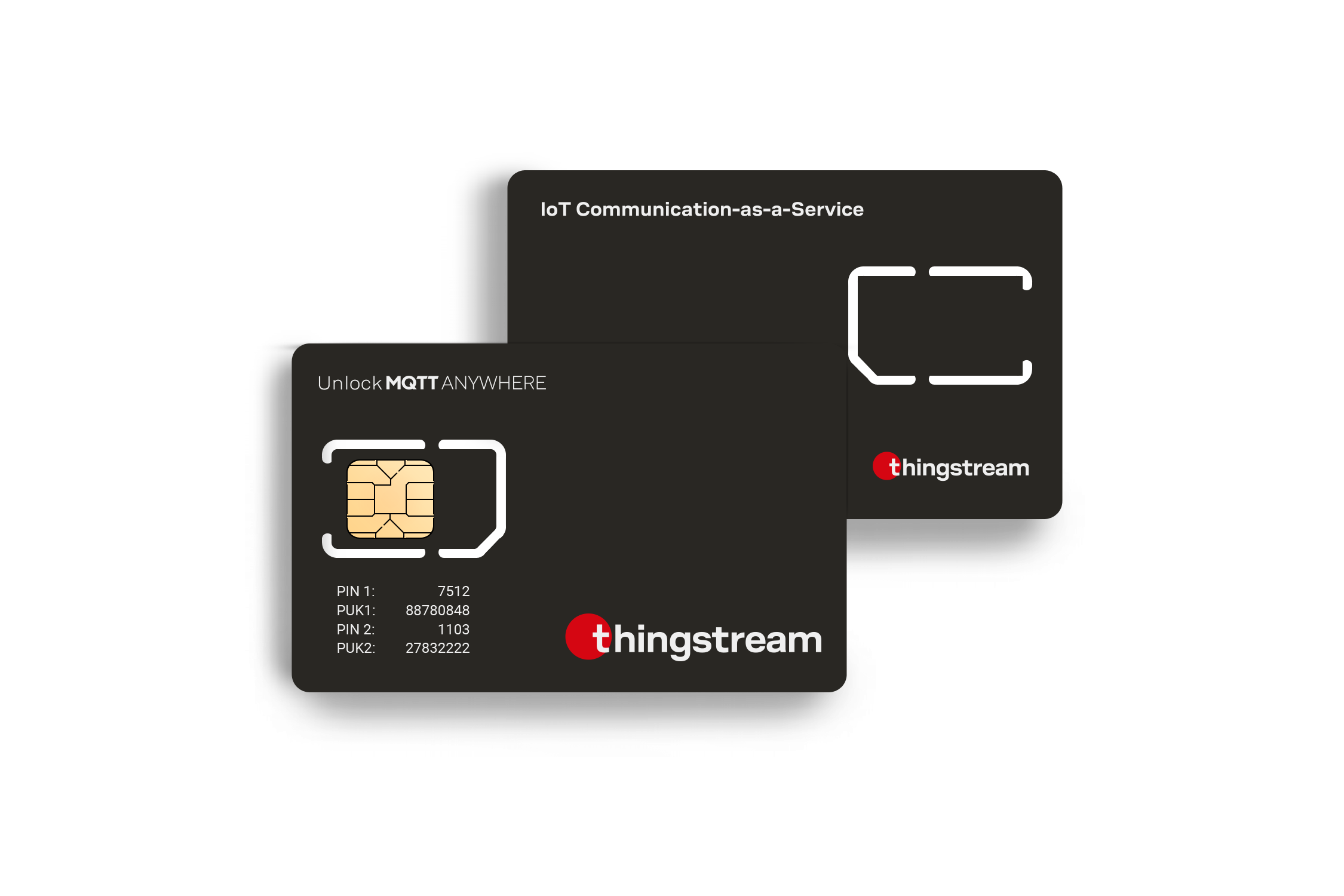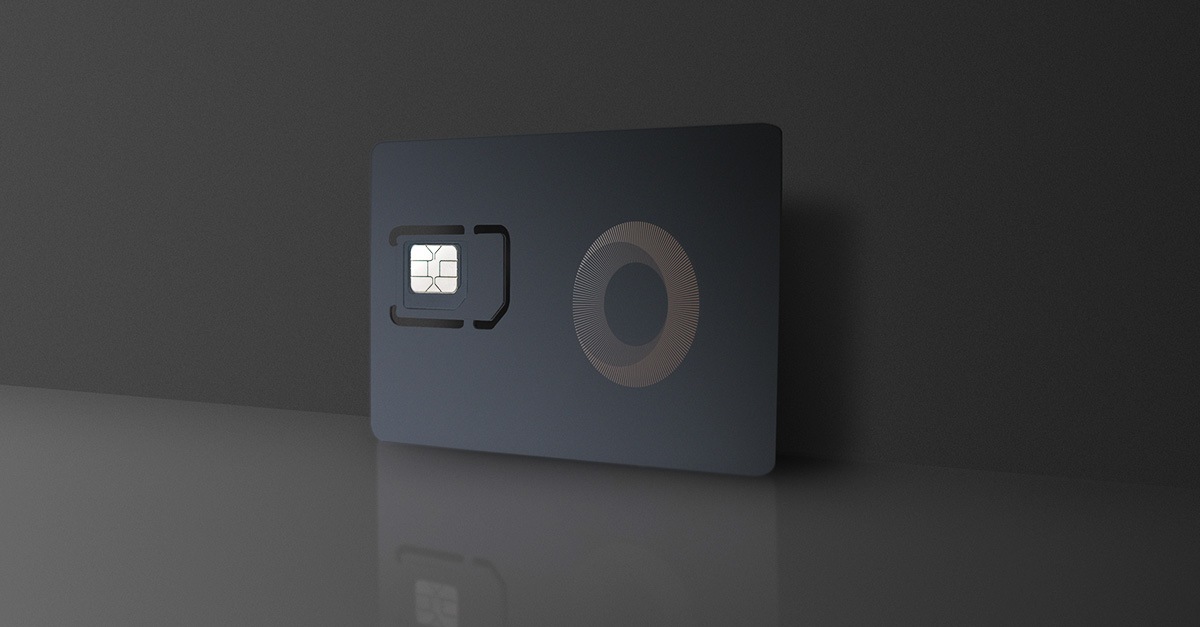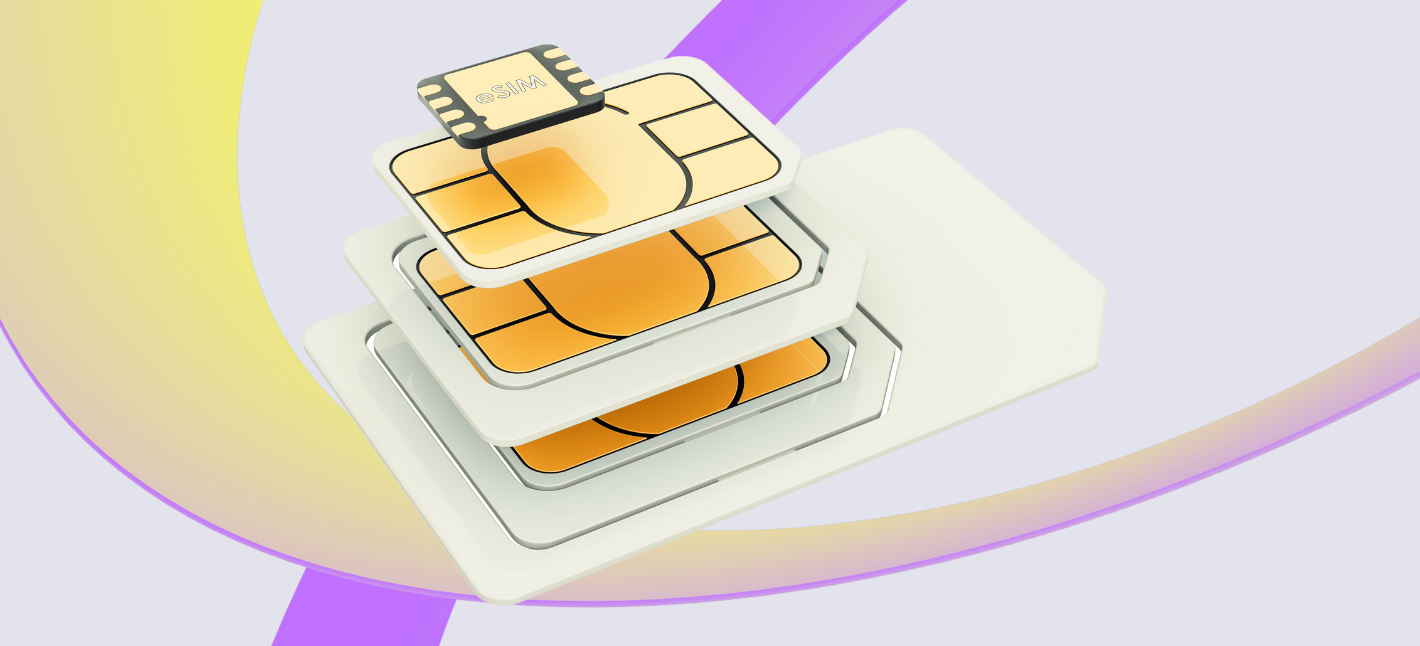Cellular Connectivity Providers For IoT Ultimate Guide to IoT Connectivity
Cellular Connectivity Providers For IoT Ultimate Guide to IoT Connectivity
Blog Article
IoT Cloud Connectivity Choosing the Right IoT Connectivity Option

The fast evolution of the Internet of Things (IoT) has led to an increased concentrate on connectivity options for units, allowing them to communicate and relay info successfully. As companies and industries incorporate IoT options to improve efficiency and increase processes, understanding the variations between cellular and non-cellular IoT connectivity turns into essential.
Cellular connectivity utilizes present cell networks to connect gadgets, allowing for information transmission over wide geographical areas. This expertise is well-established, supported by a long time of infrastructure growth, and has the advantage of offering customers strong coverage and reliable communication. Devices geared up with cellular technology can faucet into the 2G, 3G, 4G, and the emerging 5G networks, offering high-speed information transfer capabilities.
Non-cellular IoT connectivity provides various communication methods that do not rely on cell networks. These alternatives can embrace Wi-Fi, Bluetooth, Zigbee, LoRaWAN, and other specialized protocols designed for specific use circumstances. This category typically targets short-range functions, corresponding to residence automation or localized sensor networks, the place broad mobile protection is most likely not needed.
Connectivity Technologies In IoT Overview of IoT Connectivity
The alternative between cellular and non-cellular connectivity primarily hinges on the precise necessities of the appliance. For example, cellular networks are often most well-liked for assets that are cellular, roaming between totally different geographic areas, or require real-time information communication. This makes cellular connectivity best for purposes corresponding to vehicle monitoring and smart transportation methods, where devices incessantly transition between completely different network zones.
In contrast, non-cellular connectivity tends to be favored in environments where units exist stationary and communication doesn't require in depth coverage. For instance, inside a wise constructing, a quantity of IoT sensors can talk over Wi-Fi or Zigbee, effectively sending data on energy usage, occupancy, or environmental circumstances while not having the expansive reach of cellular networks.
Connectivity Technologies In IoT Quick Guide to IoT Connectivity
Another pivotal consideration is price. Cellular connectivity can entail higher prices for information plans, especially for high-data-use purposes. Depending on the volume of data transmitted, organizations should think about the long-term costs coherently. Conversely, non-cellular options typically contain decrease operating bills since many units can communicate over private networks with out incurring monthly charges.
In terms of power consumption, non-cellular technologies frequently stand out. Many low-power protocols, corresponding to LoRaWAN, have been particularly designed to reduce energy usage, extending the battery life of related devices considerably. This is vital for purposes corresponding to environmental monitoring or agricultural sensors, the place maintenance should be infrequent.
Cellular Connectivity Providers For IoT Pros and Cons of Top IoT Connectivity Technologies
Security is another important factor influencing the selection of connectivity sort. Cellular networks profit from established security protocols and encryption methods, which can scale back vulnerability to attacks. Non-cellular options, while offering flexibility and decrease prices, can present more diversified security challenges, requiring careful implementation of encryption and safety measures to guard user knowledge and gadget integrity.
Latency is a crucial side impacting efficiency in IoT applications. Cellular networks, notably with the advancements seen in 5G, provide low-latency communication best for real-time functions. This is paramount for sectors such as telemedicine or autonomous vehicles, where delays in data transmission can lead to severe consequences. Non-cellular technologies can introduce greater latency, making them much less suitable for duties demanding real-time interplay.

The scalability of IoT methods also displays the differences between the two forms of connectivity. Cellular networks already accommodate hundreds of thousands of devices, as a result of they are built with a broad user base in thoughts. This makes them a beautiful option for large-scale deployments requiring widespread protection. Non-cellular solutions, notably these working on local networks, can face hurdles concerning scalability, particularly when numerous gadgets have to be coordinated.
Environmental conditions and physical obstacles can heavily affect the effectiveness of connectivity options. Cellular signals can penetrate buildings and transmit over longer distances, making them versatile in numerous settings. Conversely, non-cellular technologies, while probably limited in vary, can utilize mesh networking capabilities, permitting devices to relay data through each other, extending the effective communication space - IoT Connectivity Sim.
M2M IoT Connectivity Tips for Choosing IoT Connectivity Solutions
In practical terms, many trendy IoT strategies undertake a hybrid strategy, using each cellular and non-cellular connectivity depending on specific requirements. Such a strategy allows users to benefit from the strengths of both methods while mitigating their weaknesses. For example, a sensible city might deploy cellular sensors for visitors management whereas utilizing Wi-Fi for native environmental monitoring stations.
The future of IoT connectivity rests in improved technologies my response that may proceed to bridge the hole between cellular and non-cellular choices. Advancements in edge computing could enable gadgets to course of knowledge locally, decreasing the need for constant connectivity. Increased collaboration between various varieties of networks, corresponding to integrating cellular backhaul with local area networking, can lead to innovative options for varied industries.

Ultimately, deciding between cellular and non-cellular IoT connectivity necessitates a complete evaluation of the particular use case. Factors like coverage, value, energy consumption, latency, and security should all be weighed to select an acceptable connectivity resolution.
The evolution of IoT signifies an exciting future, the place the integration of cellular and non-cellular technologies can create a more related world. As industries proceed to innovate while integrating IoT methods, the versatility and adaptableness supplied by a mixture of those connectivity options will pave the greatest way for more efficient and responsive solutions.
IoT Network Connectivity Importance of Connectivity in IoT
Through understanding the distinctions between cellular and non-cellular IoT connectivity, stakeholders can strategically deploy options that meet their specific needs, markedly enhancing the efficacy of IoT functions in real-world contexts.
- Cellular IoT connectivity makes use of established cell networks for seamless data transmission, offering widespread coverage and reliability.
- Non-cellular IoT, such as LoRaWAN or Sigfox, typically operates on low-power radio frequencies, making it best for rural or hard-to-reach areas the place cellular services could be restricted.
- Cellular networks assist high bandwidth applications, enabling real-time data transfer, which is crucial for sectors like telemedicine or autonomous autos.
- Non-cellular options typically consume less power, allowing devices to have longer battery life, which is advantageous in environments the place frequent maintenance is impractical.
- Cellular IoT units might require a subscription-based knowledge plan, leading to greater ongoing costs compared to non-cellular systems that can be less expensive to operate.
- Non-cellular IoT technologies often provide higher scalability for large-scale deployments, as they can connect thousands of devices with out overwhelming a single community node.
- Cellular connections have a tendency to offer more robust safety protocols, crucial in industries requiring stringent knowledge protection measures, similar to finance or healthcare.
- The latency in non-cellular networks could also be higher, making them less suitable for functions the place well timed knowledge processing is essential, such as industrial automation.
- Geographic availability can limit non-cellular IoT deployment in urban areas, whereas cellular infrastructure is often extra developed and accessible.
- Non-cellular options may introduce complexities in gadget integration and management, while cellular technologies benefit from a extra homogenized ecosystem supported by main telecom providers.undefinedWhat is the main distinction between cellular and non-cellular IoT connectivity?
Cellular IoT connectivity makes use of cell networks (like 4G and 5G) for communication, while non-cellular options depend on various methods corresponding to Wi-Fi, LoRaWAN, or satellite tv for pc. The selection affects coverage, energy consumption, and knowledge transmission capabilities.
Connectivity Management Platform IoT Best Practices for IoT Network Design
How does protection differ between cellular and non-cellular IoT options?
Cellular IoT has extensive protection, notably in city areas, benefiting from established cellular networks. Non-cellular choices might have restricted range depending on the know-how; for example, Wi-Fi coverage is confined to the range of a router, whereas satellite tv for pc can provide global attain.
What are the costs associated with cellular versus non-cellular IoT connectivity?
Internet Connectivity Principles In IoT Best Practices for IoT Network Design
Cellular IoT typically incurs monthly knowledge fees tied to a cellular plan. Non-cellular solutions may need decrease ongoing costs however could require more significant upfront investments in hardware or infrastructure, affecting the overall finances relying on the application.
Which choice provides higher energy efficiency for IoT devices?
Non-cellular IoT connections, similar to LoRaWAN, are usually extra power-efficient, permitting gadgets to function for prolonged periods on battery (Wireless IoT Connectivity). Cellular IoT might consume more energy, significantly throughout excessive information transmissions, however newer technologies like NB-IoT purpose to improve efficiency.
What forms of functions are greatest fitted to each connectivity type?
IoT Cloud Connectivity SIM Card Solutions for IoT Connectivity
Cellular IoT is ideal for functions requiring mobility or in depth geographic coverage, like fleet monitoring. Non-cellular options excel in scenarios the place low knowledge transmission and low power consumption are priorities, similar to smart agriculture or remote sensors.
How secure are cellular and non-cellular IoT connections?
Cellular networks usually have built-in security measures, including encryption and authentication, benefiting from regulatory oversight. Non-cellular have a peek at these guys connections can differ in security primarily based on the specific expertise used, necessitating cautious consideration for critical functions.
Nb-IoT Connectivity Choosing the Right IoT Connectivity Option
What are the latency variations between cellular and non-cellular IoT connectivity?
Cellular IoT typically provides lower latency, making it appropriate for real-time functions. Non-cellular options would possibly experience larger latency, especially in networks that rely on longer-distance transmissions or much less optimized protocols.
Can I switch from cellular to non-cellular connections in an current IoT application?
IoT Connectivity Managementplatform Exploring the World of IoT Connectivity
Switching is feasible but requires careful evaluation of the appliance's wants. Strategies should be developed to address differences in coverage, energy, information charges, and total architecture to ensure the IoT answer stays efficient - IoT Satellite Connectivity.
What elements should I consider when selecting between cellular and non-cellular IoT connectivity?

Consider protection space, information necessities, power constraints, device mobility, security needs, and finances. Each application's distinctive necessities will help determine essentially the most suitable connectivity answer for optimum performance.
Report this page